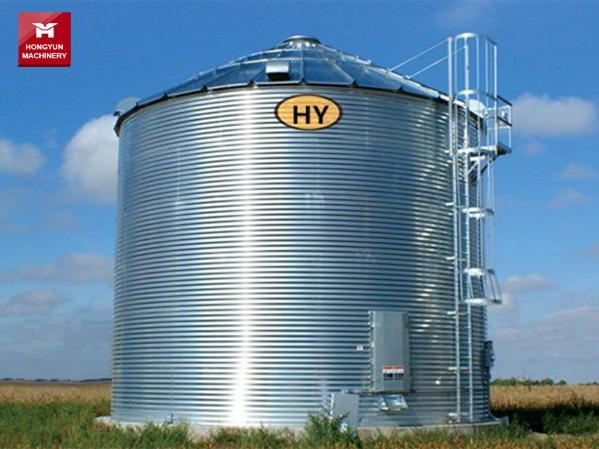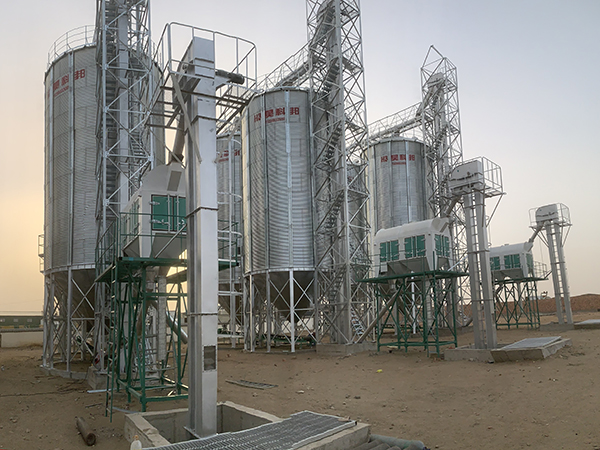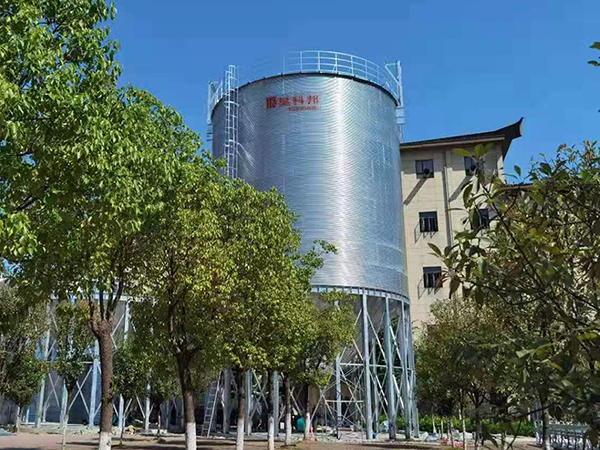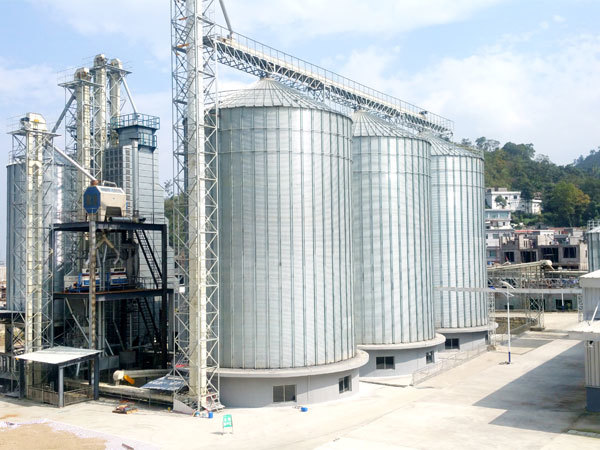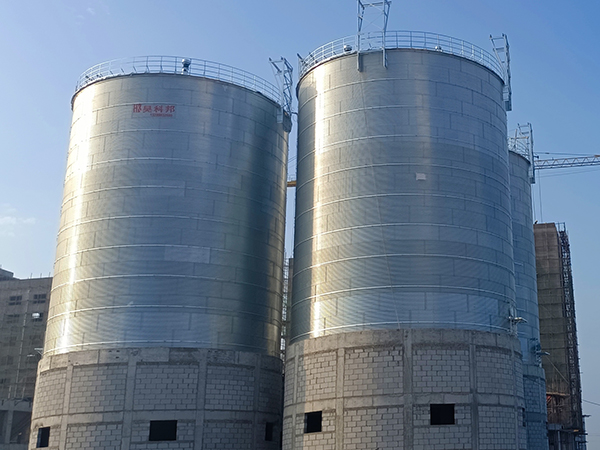The Price of Rice Silo and Its Importance in the Agricultural Economy
In the agricultural economy, rice, as a staple food in many parts of the world, requires efficient storage and management methods to ensure food security and reduce costs. as an effective storage solution, have their Price of Rice Silo as an essential consideration for agricultural businesses and farmers.
- Barley grain bin company in Tanzania
- rice grain bin factory in Rwanda
- Paddy grain bin supplier in Guinea
- Wheat Cone-Bottom Silo Franchise in Thailand
- Wheat cone bottom silo procurement in Thailand
- Wholesale Wheat Cone-Bottom Silo in Malaysia
- Manufacturers of Wheat Cone-Bottom Silo in Malaysia
- Wheat Cone-Bottomed Silo Suppliers in Uganda
- Cone-Bottom Wheat Silo Sales in Uganda
- Wheat cone bottom silo price in Uganda
- Soybean meal grain bin sale in Guinea
- Corn grain bin price in Libya
Introduction
In the agricultural economy, rice, as a staple food in many parts of the world, requires efficient storage and management methods to ensure food security and reduce costs. as an effective storage solution, have their Price of Rice Silo as an essential consideration for agricultural businesses and farmers.
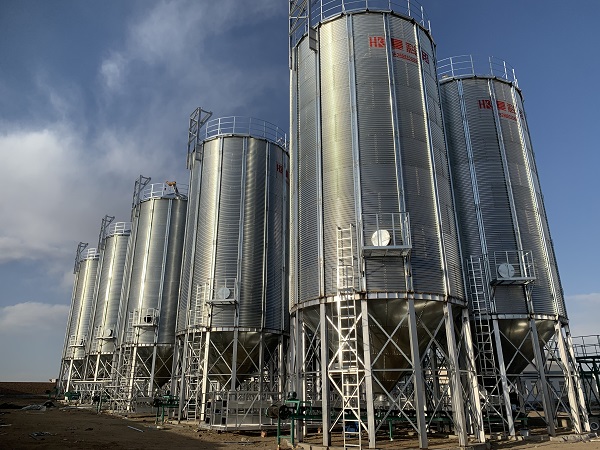
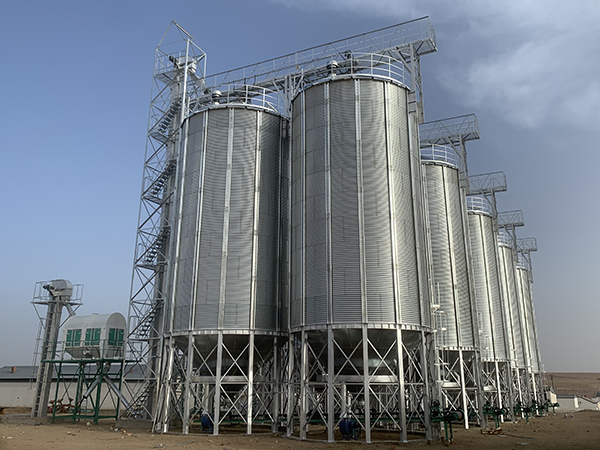
Function and Advantages of Rice Silo
Rice silos are designed specifically for storing rice. They typically have a large capacity and an advanced ventilation system to keep the grain fresh and prevent mold. Compared to traditional storage methods, silos can reduce grain loss, improve storage efficiency, and lower maintenance costs.
Factors Affecting the Price of Rice Silo
Material Costs
The construction materials of the silo, such as steel and concrete, directly affect its price.
Design Complexity
The complexity of the silo’s design, including the level of automation and additional features, is also a key factor in determining the price.
Capacity Size
The size of the silo’s capacity directly relates to its cost, with larger silos generally being more expensive.
Geographical Location
The differences in transportation and construction costs in various regions can also affect the final price of the silo.
Market Demand
The market demand for rice silos can also affect their price, with prices potentially rising when demand increases.
Analysis Price of Rice Silo
When analyzing the price of rice silo, it is necessary to consider the combined impact of the above factors. For example, a small farm may only need a small-capacity, simple-design silo, while a large agricultural enterprise may require a large-capacity, highly automated silo. Prices can range from a few thousand to several hundred thousand dollars.
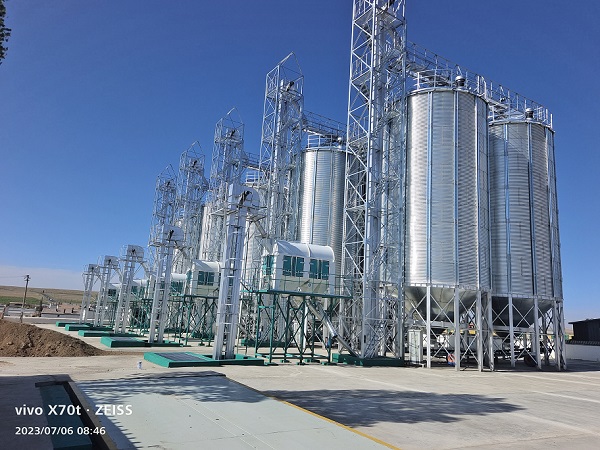
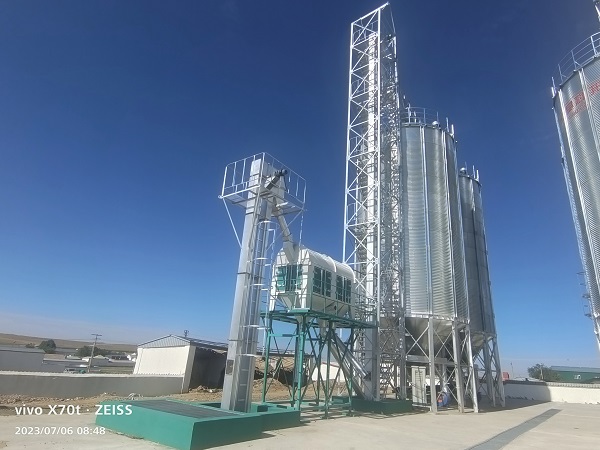
Considerations for Purchasing Rice Silo
Budget
Clearly defining the budget is the first step in the purchasing process.
Needs Analysis
Choose the appropriate silo capacity and design based on storage requirements.
Long-term Investment Return
Consider the long-term economic benefits of the silo, including reduced grain loss and lower operating costs.
Supplier Reputation
Choose a reputable supplier to ensure the quality and after-sales service of the silo.
Case Study
Take a medium-sized farm as an example, which needs a 500-ton rice silo. After conducting market research and cost analysis, the farm owner chose a silo priced at $30,000, which includes the construction, transportation, and installation costs of the silo. By using this silo, the farm expects to reduce grain loss by 5% each year, thus recouping the investment cost within five years.
Price of Rice Silo and Agricultural Policies
Government agricultural policies and subsidy programs can also affect the price of rice silos. In some countries, governments may provide financial assistance or tax incentives to encourage farmers to adopt modern grain storage technology.
Conclusion
The price of rice silo is an important factor for agricultural businesses and farmers when considering adopting modern grain storage solutions. By considering the material costs, design complexity, capacity size, geographical location, market demand, and government policies, wise investment decisions can be made. As agricultural technology continues to advance, a reasonable investment will bring long-term economic benefits and social value.

